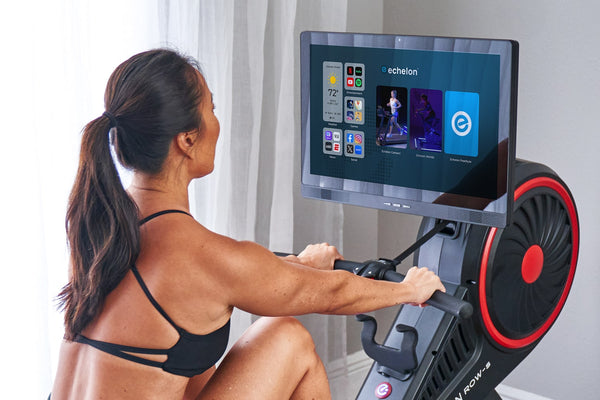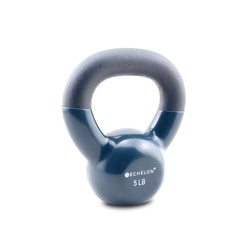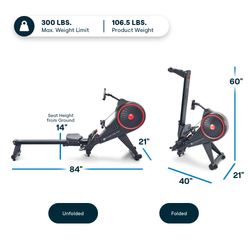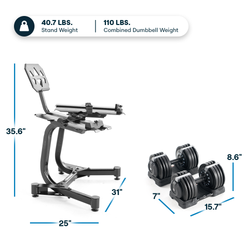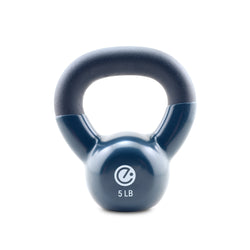5 Tips to Perfect Your Running Form

We all know that running is an excellent form of exercise — it improves our physical and mental health and can prevent or reduce the risk of heart disease, among other benefits. But it’s important to be aware of how you run because as a high-impact activity, running with poor form can cause a number of medical issues like joint problems and impact injuries.
Enjoy the rewards of running while protecting yourself from injuries by focusing on your running form. Sam Jackson, our all-star Echelon Stride instructor with a master’s degree in Exercise Physiology and Nutrition, has five basic tips that will help to keep you safe and even improve your running performance.
Keep Your Chin Up

When you assess your running form, start at the top of your body. The position of your head matters more than you think! At around 11 pounds (on average), a head is a heavy thing to run around with. If you’re looking down, the rest of your body — especially the neck and upper back — has to work harder against gravity.
Keep yourself balanced and the rest of your torso upright by lining up your ears with your shoulders and looking ahead. Sam recommends keeping your chin up and looking forward instead of down If you need to look down, try doing so just with your eyes.
Drive With Your Elbows

Your arms can also negatively impact your torso when running. If you swing too much, it pushes your torso forward and puts strain on your hamstrings and hip flexors. If you swing too little, the whole body will feel out of balance. Try having your hands brush past the hips like you’re taking something out of your pocket.
Pulling your arms back to push yourself forward can make a huge difference in performance and energy expenditure. Restrict arm movement and focus on driving with your elbows. Pulling your elbows back can even make it easier to breathe. This action pushes your chest forward and opens up the airway. In combination with a lifted chin, this can make it noticeably easier to fill your lungs.
Land on the Balls of Your Feet First

Once the top half of your body is in balance, it’s time to look at your feet. Which part of your foot touches the ground first when you run? This is called your “strike.” Though there are a number of philosophies on what the best strike is (just as there is a lengthy discourse on all running tips), many experts suggest a mid-foot strike. That is, land on the balls of your feet first instead of the toes or the heel.
A mid-foot strike is one of the best ways to minimize stress on joints and prevent shin splints while maintaining forward momentum. You might even feel more balanced and in control once you adjust your stride. This technique applies to both short- and long-distance running.
The Terrain Matters

One of those factors to take into consideration is where you are running. Running on a treadmill is different from running on a road, which is different from running on a mountain trail. While the basic tenets of each above tip remain the same, Sam suggests using your stride length to adjust to different terrains.
“For a flat road, you have long legs,” Sam suggests. You aren’t expending as much energy as you would on hills or uneven trails, so run at your full length. “On an incline, you shorten your stride, lifting your knees up,” she says. Try this the next time Sam increases the incline during a workout and feel the difference!
Don’t Forget to Smile

It may sound cheesy or overly simple, but smiling is scientifically proven to improve your running. Top marathoner Eliud Kipchoge smiled periodically through his record-breaking, sub-two-hour marathon time to work through his pain and stress. In one study, scientists discovered that the perceived effort of a run lessened when the volunteer was smiling rather than frowning.
Smiling can also help you relax your face, which then helps you breathe easier and conserve some energy on longer runs. Stiffness in the muscles, even facial ones, uses up energy that would be conserved if you keep your face relaxed. So the next time you’re slogging through a tough run, try a brief smile. It may be the push you need to get you through the finish line.
Learn more from Sam and our other Echelon instructors through 3,000+ on-demand and live classes, available in studio and on the Echelon Fit app. Experience the most innovative smart treadmill workouts with the Echelon Stride and Echelon Stride-5s.
